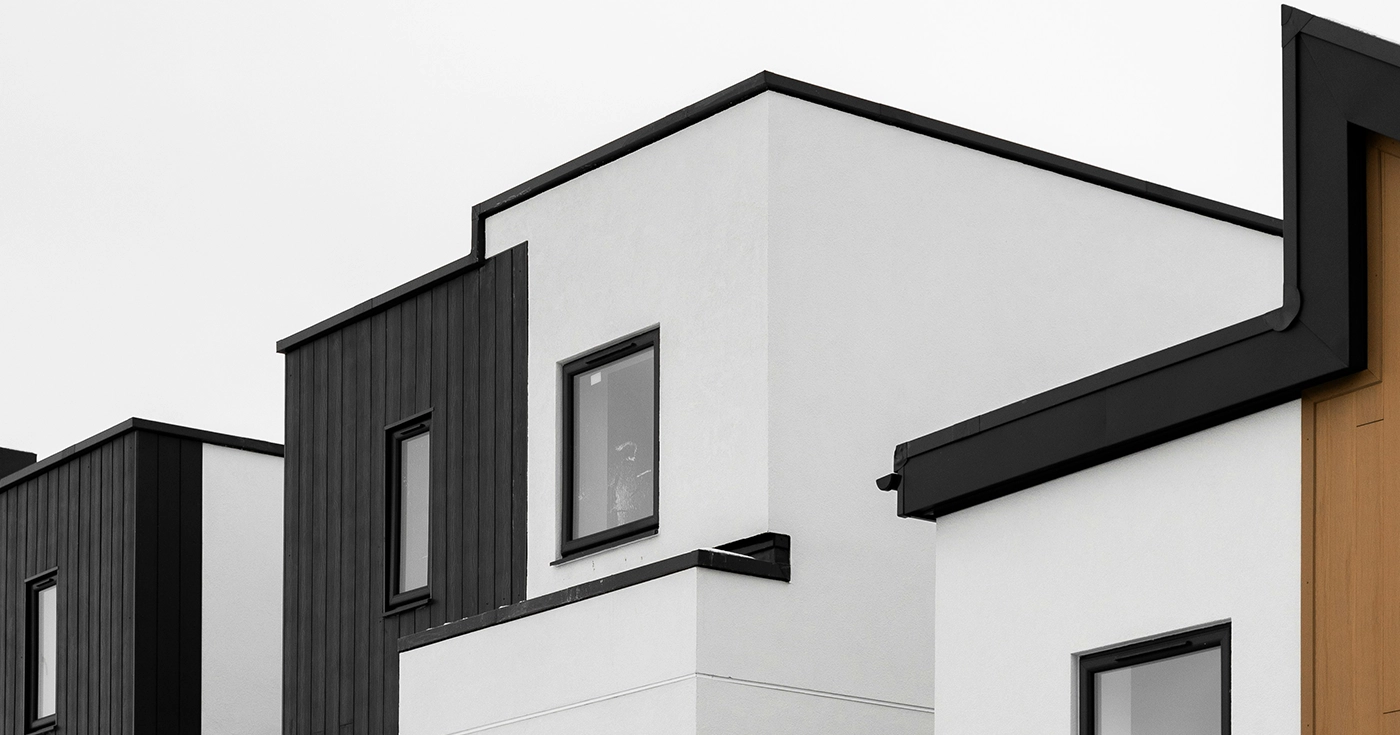
Asset reconversion: how the real estate sector is reinventing itself
Asset reconversion—such as turning offices or retail spaces into housing, repurposing industrial warehouses or logistics spaces, or redesigning former hotels into luxury properties—has become an increasingly common practice in cities like Madrid and Barcelona. This trend is reshaping the real estate landscape and responds to evolving social demands: from affordable housing to more innovative formats such as coliving or residences for students and the elderly.
The transformation of buildings is gaining prominence in the Spanish market, driven mainly by high demand in the tourism and residential sectors, as well as investor interest in assets with conversion potential. According to CBRE data, building use conversions doubled in 2024, with Madrid accounting for 60% of these operations. Málaga, Barcelona, Seville, and Zaragoza also joined this trend, increasing their share from 26% in 2023 to 40% in 2024.
In total, 70 refurbishment operations were recorded, affecting more than 390,000 m², with the last quarter of the year being particularly active. Investment in this type of asset reached €900 million, tripling the previous year’s figure.
80% of these transformations were aimed at Living and hotel segment projects, consolidating them as investors’ preferred alternatives. In addition, 60% of the transformed properties were former office buildings. Alternative sectors also stood out, such as Healthcare, which accounted for 15% of the total, with hospitals and care homes as main targets.
Asset repurposing is no longer a one-off solution but a strategic tool to generate value, revitalize underused spaces, and meet the demands of a constantly evolving market.
Converted offices: asset reconversion
An analysis by Colliers supports this direction: in Europe, nearly one-fifth of recent acquisitions are already aimed at repurposing offices, driven by low interest rates and greater liquidity.
In Spain, Madrid is one of the epicenters of this phenomenon. In fact, according to estimates by consultancy EY, the capital has 1.8 million square meters of office space that could be transformed into housing by 2043.
A representative example is Talent Tower, the emblematic building that Blackstone and Banco Santander put up for sale to be repurposed as residential apartments. Although the deal with Grupo Lar fell through due to lack of financing, the property was later acquired by the Argis fund, which plans to invest around €50 million to convert it into 71 exclusive apartments.
Vacant shops, homes underway: another avenue of asset reconversion
A report by Clikalia, accessed by Idealista, highlights that the peripheral neighborhoods of Madrid and Barcelona offer the greatest potential for converting vacant retail spaces into homes, another major trend in spatial renewal in response to the lack of residential supply. Areas like Vicálvaro, Villaverde, or Horta-Guinardó have favorable conditions due to low commercial density, reduced urban pressure, and good profitability prospects. In contrast, central districts are less viable due to high commercial activity and a lack of available premises. The study considers factors such as actual availability, technical and regulatory feasibility of use changes, and potential for value appreciation. While not a structural solution, this strategy offers an effective and accessible way to expand the housing stock through small, localized interventions.
From industrial use to residential
On another front, a recent analysis by urban renewal firm Ginkgo, in collaboration with consultancy Systemiq—as referenced by El País—estimates that Europe has around 19,000 square kilometers of obsolete industrial and logistics land, an area ten times the size of London. According to their projections, redeveloping even part of these spaces could lead to the creation of 15 to 20 million new homes and mixed-use areas over the next 15 years. This transformation would not only offer housing solutions but also help revitalize degraded neighborhoods, reduce the carbon footprint, and save up to 20% in infrastructure costs compared to new developments.
Luxury residences with hotel flair
This trend is also gaining traction in the premium market, where branded residences—high-end homes associated with major hotel chains—are rapidly expanding. The transformation of vacant hotels or historic buildings is thus becoming a growing phenomenon in which developers aim to revalue underused or aging properties.
Across the Iberian Peninsula, there are over 2,400 projects underway, with prices reaching up to €24 million per unit. This type of conversion brings prestige, profitability, and strong investor appeal, especially among those seeking exclusivity and uniqueness. These projects leverage architectural heritage, prime locations, and the prestige of major hotel brands to create high-yield real estate assets.
Asset rehabilitation also helps reduce carbon emissions, avoid new land consumption, and revitalize already-developed urban areas. Moreover, in a context where housing has become a national challenge, these initiatives can offer a quick and viable solution.

